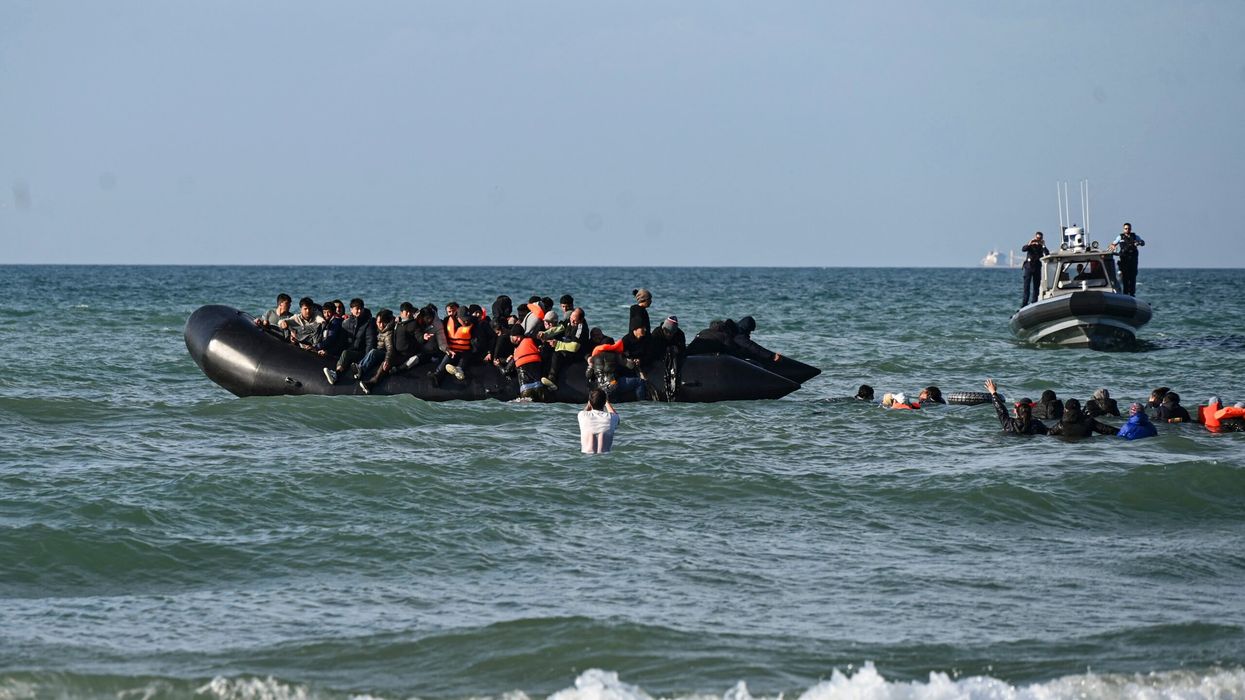Removing hair in your intimate area could be a messy affair as the hair down there is coarse in comparison to normal hair. Therefore, more effort is needed during the removal of such hair. And though you could implement various options to get rid of pubic hair, people usually prefer to trim, wax or shave. However, doctors suggest that one should take care of simple things to prevent skin rashes and bumps.
Dr Tanaya who goes by the name @dr_cuterus on Instagram shares a message stating that it is common for people to be left with bumps and pimples after shaving their pubic hair. Also, it could be quite painful, especially when rubbed against a garment.
She further explains in a video why bumps can be seen across the bikini line. She said, “They are usually quite painful and annoying. But what are they? These are caused by ingrown hair. Normally, when your hair grows after shaving, it grows straight out of the skin. But sometimes, it can curl up on itself, get trapped under your skin and cause a painful-looking bump.”
Preventing painful bumps from occurring
There are a few “really simple things” one can do to prevent bumps:
Try not to remove your pubic hair. If you want to remove it, trim it rather than shaving it.
Keep in mind not to shave against the direction of the hair growth. It might not give you the cleanest shave but will prevent you from getting bumps.
Ensure you make your skin wet before you shave for easier hair removal.
Previously, Dr Apoorva Pallam Reddy, an obstetrician, fertility specialist, gynaecologist and laparoscopic surgeon told The Indian Express, “There is no medical benefit of pubic hair removal. However, if one decides to do it, trimming or shaving could be great options.”
“Ingrown hairs are formed the sharp, freshly shaved hairs, puncture and grow into the surrounding skin,” explains dermatologist Ife J Rodney, MD, the founding director of Eternal Dermatology + Aesthetics in an earlier report in Women’s Health. Apparently, the skin reacts to those hairs and gets itchy and red as a result.
Razor burns after shaving can also occur. This happens because the razor removes the top layer of soft skin, allowing the bacteria to form red bumps on the inflamed skin.
Dr Rodney reportedly said, "To prevent rashes and irritation, you should only shave with a clean, sharp razor.”
The expert also adds that, if you moisturise and care for the skin before and after you shave, you can avoid annoying razor burn.
Shaving tips to consider
Don't skip gel or lotion - Make sure you are shaving when the skin is damp with a gel or lotion. This is essential, because when you shave, you may end up shaving your skin as well if you don't keep the skin wet while shaving. So, use enough shaving cream to make the skin wet so that you shave smoothly.
Invest in a good razor - Picking the right razor is the first step to making sure that your bikini line is smooth and bump-free. You can also get a closer and better shave without risking a cut or infection.
Calm the skin after shaving - Wash your skin as soon as the shaving is over. Make use of a cold compress to the area for 10 minutes to prevent irritation. You can also apply an anti-redness serum to reduce the chances of experiencing a razor burn.
Ensure to moisturise the area - It is very important to hydrate and moisturise after shaving. Use an alcohol-free moisturiser in the area to avoid over-drying, which can lead to further irritation.












